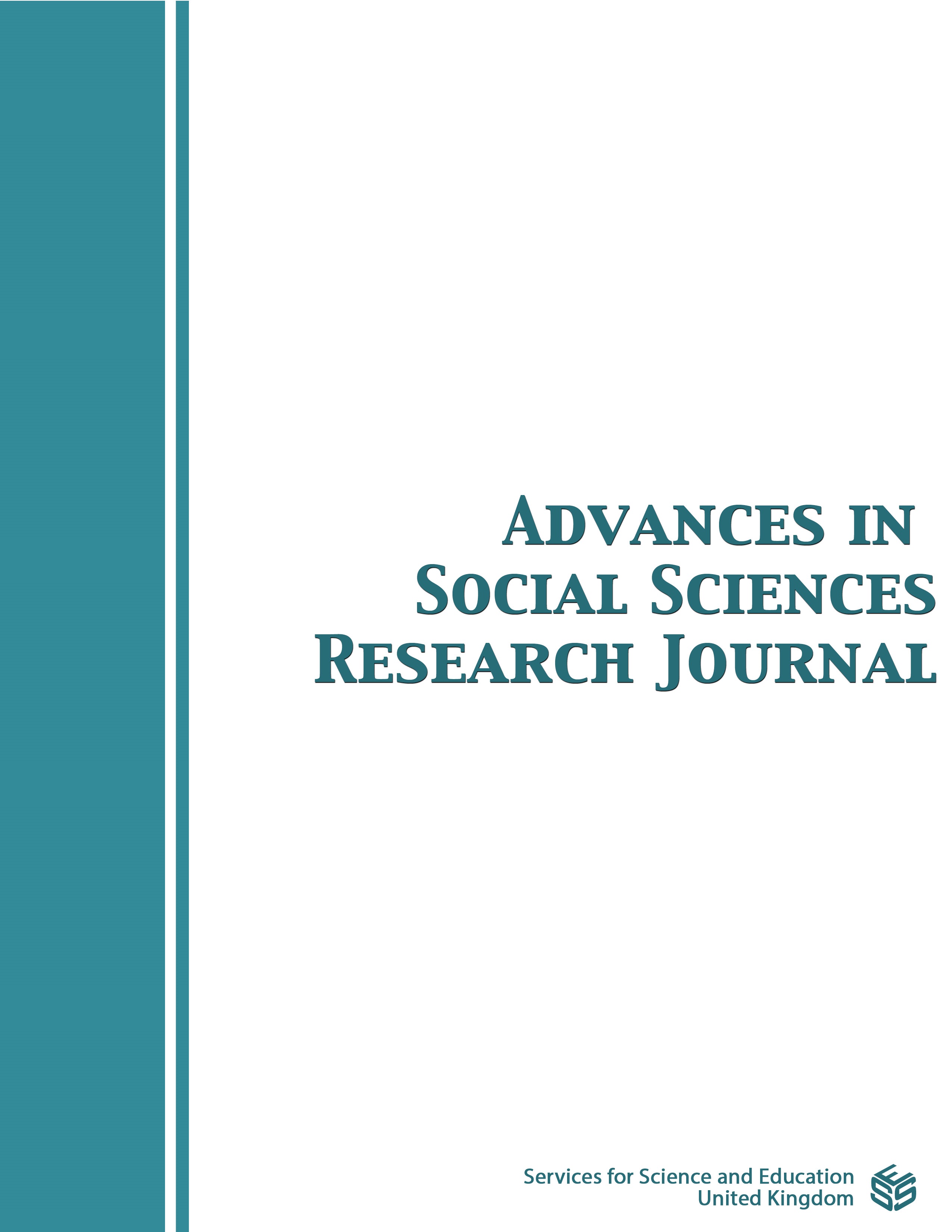Studies in the Prophetic Ḥadith and its Sciences in Urdu, Farsi, and Arabic by Indian Muslim Scholars
DOI:
https://doi.org/10.14738/assrj.108.15260Keywords:
Emergence of Urdu, Studies of Prophetic Ḥadith in India, Educational institutions, centers of Ḥadith teaching, Studies in Ḥadith by Indian Muslim ScholarsAbstract
Various tribes and dynasties in Central Asia who converted to Islam began a long series of conquests in India, but those ties did not last long and did not provide the opportunities for and establishing the close relations between the inhabitants of India and Muslims, but the contacts began to grow and flourish when Muslims began to settle in India as their second home, especially during the Mughal era, which contributed most to the development of Indo-Islamic culture. Islam spread in India because of four things that are conquests, advocacy, occupation and migration, and this spread knew some ebbs and flows. Urdu as a language arose with the efforts of Muslims and now enjoys a wide and rich literature, and it must be considered a part of the other Islamic literatures, because the literary Islamic heritage attributed to the Islamic peoples in all parts of the earth, which was influenced by the language of the Qur’an, the noble Prophetic Ḥadith, various Islamic sciences, history of Islam, Islamic mysticism, and all mental and spiritual currents emanating from Islam. Science of Ḥadith movement weakened at the end of the fourth century, but by the God’s blessing to those people in India who renewed the movement of the Prophet's Sunnah until this country became a center for the science of Ḥadith in the tenth century and beyond. We mention in this article some of those who are famous for their efforts and their knowledge, and the most important Islamic centers and educational institutions briefly.
Downloads
Published
How to Cite
Issue
Section
License
Copyright (c) 2023 Salahuddin Mohd. Shamsuddin, Tonang Hasan Lubis

This work is licensed under a Creative Commons Attribution 4.0 International License.
Authors wishing to include figures, tables, or text passages that have already been published elsewhere are required to obtain permission from the copyright owner(s) for both the print and online format and to include evidence that such permission has been granted when submitting their papers. Any material received without such evidence will be assumed to originate from the authors.






